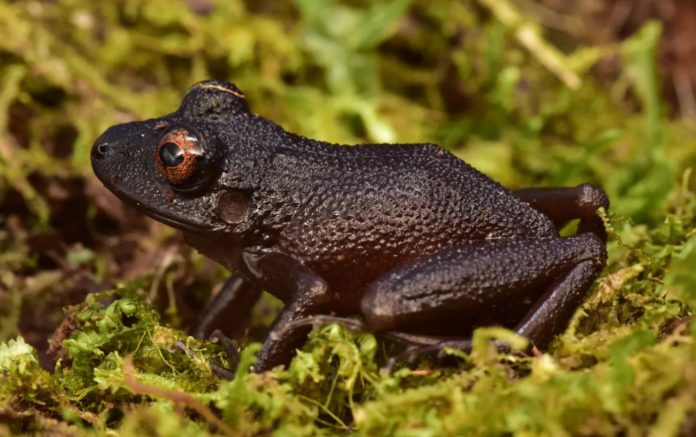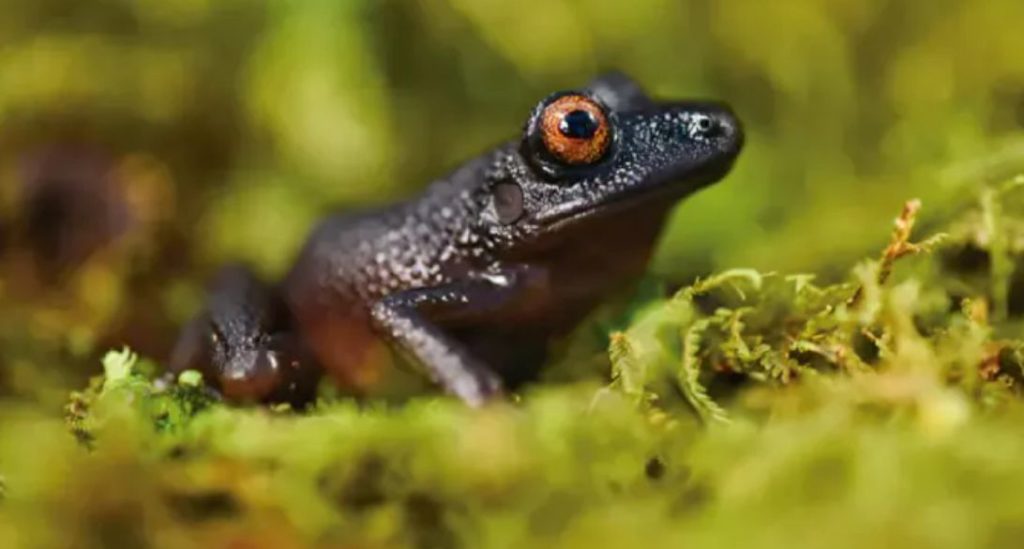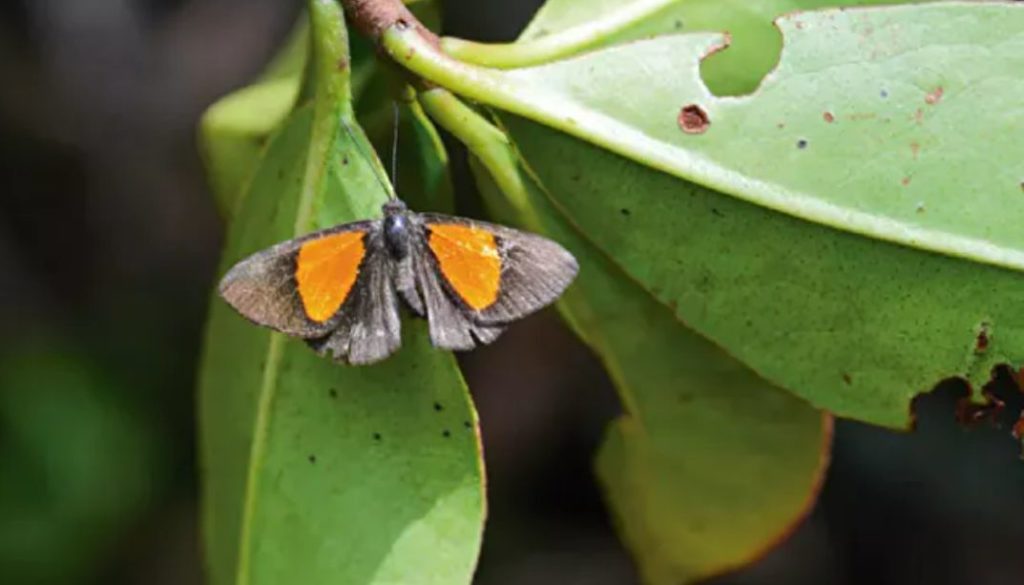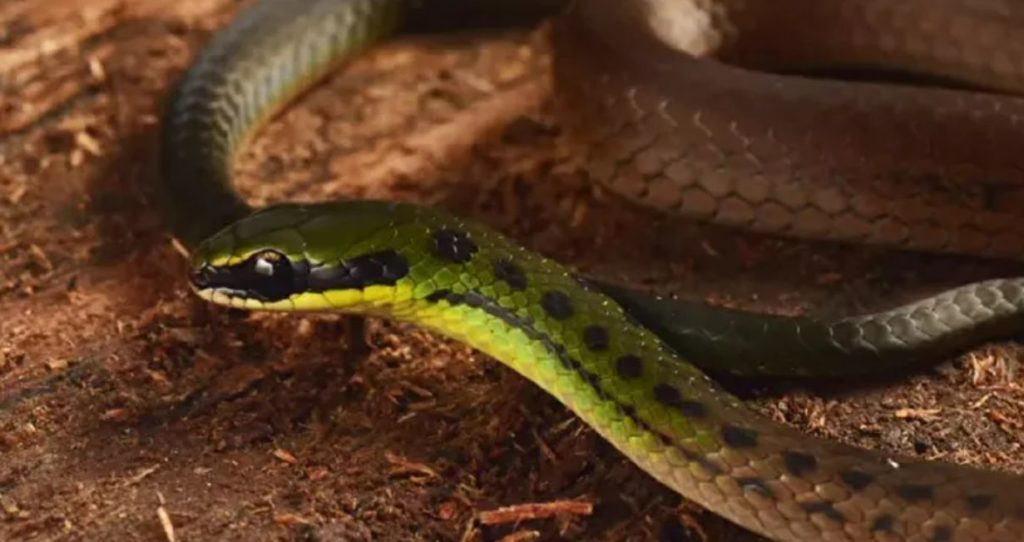The Yope mountain viper, the Bolivian flag snake, the Liliputian frog, as well as four species of orchids and four new species of butterflies were discovered by a scientific expedition in the Zongo de La Paz valley, located about 70 kilometers north of La Paz, the capital of Bolivia.
The Lilliputian frog with its 10 millimeters in length is one of the smallest amphibians in the world. While the mountain Yope is a kind of poisonous viper with heat-sensitive pits that help it detect its prey. The Bolivian flag snake is thin and distinguishable because it bears the colors of the country’s flag.
The cup orchid was also found in the Zongo Valley located in La Paz, Bolivia The Devil’s Eyes frog rediscovered after two decades of not being seen A new species of metal brand butterfly found in Zongo, Bolivia The Yope mountain viper, a new species of poisonous viper The Bolivian Flag snake is diurnal and was found in Zongo by the scientific expedition made up of international and Bolivian specialists
Among the 20 new butterflies, orchids and flowers, they found a species of bamboo that, although new to science, was already known to indigenous communities who use it to make musical instruments.
During the expedition, four species that were believed extinct were also rediscovered, because after more than two decades of not having been seen the Devil’s-eyed frog (Oreobates zongoensis) reappeared here. While butterfly Euptychoides Fida reappeared after almost a century.
In addition, the expedition reported on two plant species that had not been seen in over 100 years, Stromanthe angustifolia, which has foldable leaves, and Alzatea verticillata, which has the appearance of a small flowering tree. Researchers identified at least 746 land plant species in Zongo, of which eight are new to Bolivia, including Pearcea hispidissima, and at least 13 are new to science.
“The rediscovery of species that were once considered extinct, so close to the city of La Paz, shows us how sustainable development that encompasses the conservation of nature can ensure the long-term protection of biodiversity. This area has been turned into a safe haven for amphibians, reptiles, butterflies and plants that have not been found anywhere else on Earth”
said biologist Trond Larsen.
Following the discovery of all these species, the La Paz authorities announced that they will work on the conservation of natural ecosystems not only in the Zongo district, where the expedition took place but also throughout the municipality.





